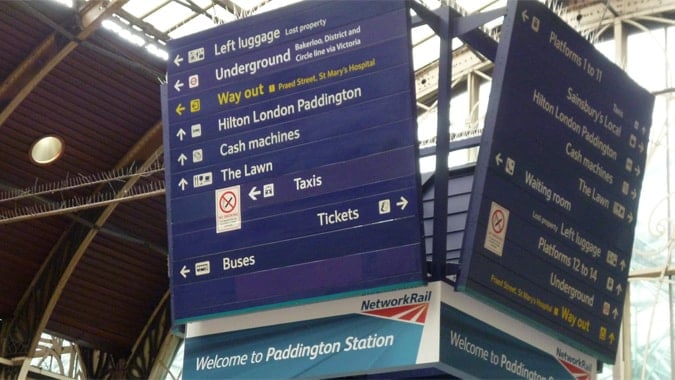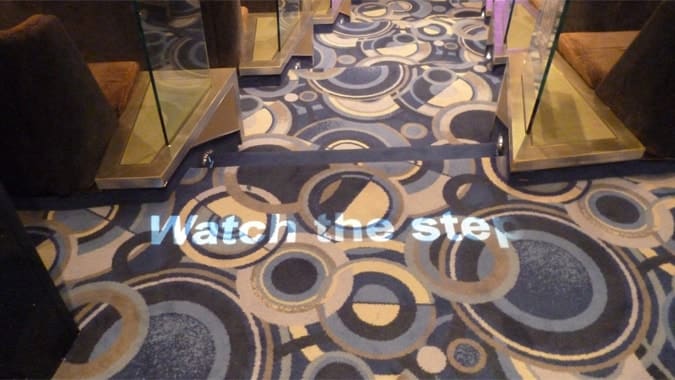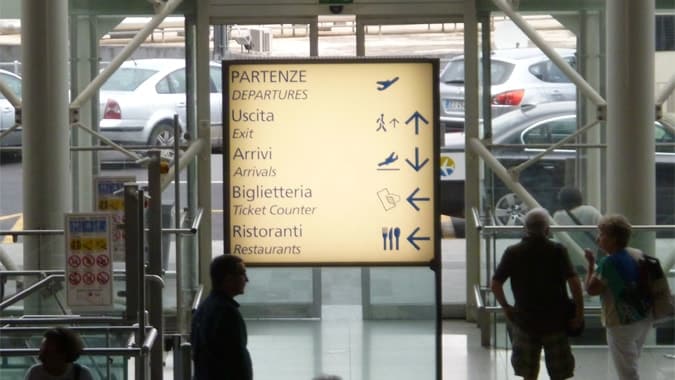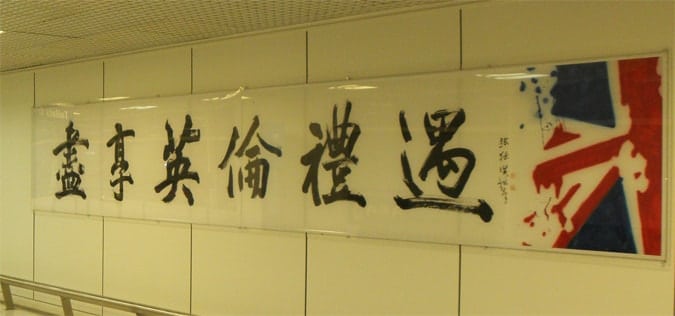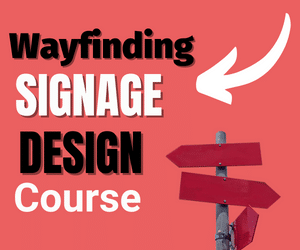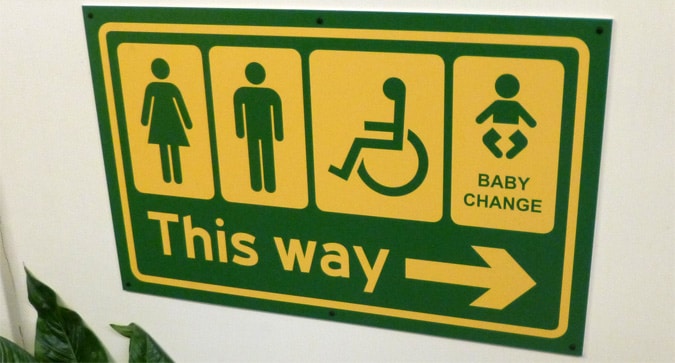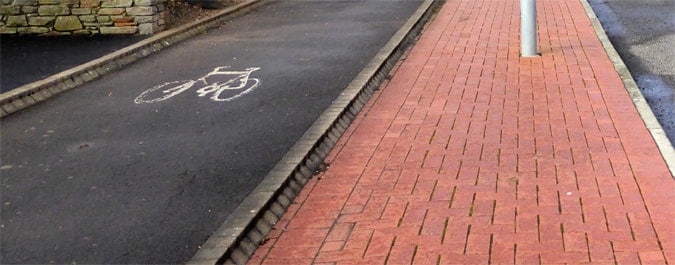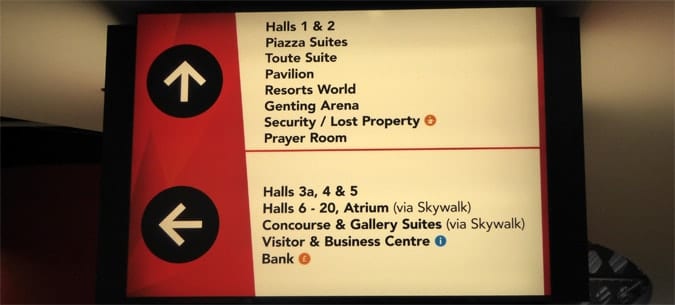Last Updated on June 8, 2023
There are numerous techniques that involve wayfinding that can be used to improve retail sales performance. Below let us look at some of the most simple techniques.
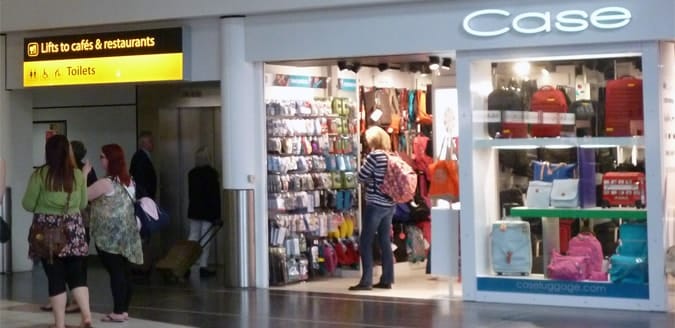
Table of Contents
Retail, Guiding, and Navigating
The retail sector is a vital one for tourism providers and hubs in tourism, as key stakeholders in many tourist-related locations seek to make their business profitable.
Walk around any airport worldwide, any tourist destination, attraction, or transient travel space, and you are extremely likely to come across shops and stores catering to a holidaymaker’s needs.
Retail, in other words, is a valuable revenue generator for travel providers with the income essential for the successful running of many locations.
Shopping is very much a part of the tourism product and from a wayfinding point of view, shops and retail sales points can benefit or lose out greatly, according to the efficiency of signage and also the surrounding and in-store semiotics.
Wayfinding and semiotics cross over as fields of study and both of these subjects have a definite effect on the eventual profitability of stores in travel locations.
Take the picture above and note how the entrance is:
- Large and unblocked.
- Directly in front of where a natural waiting area exists for people waiting for their travel partner/s.
- There is still a good display area on the other side of the entrance and with many products clearly visible from outside the store and the store well-lit inside.
If you cannot have an open plan entrance (such as in the photo below) consider trying to make sure that the entrance of the store is clear.
This might seem obvious yet it is surprising how often an entrance is confusing to find or blocked in some way.
Sometimes even using large flower pots either side of an entrance can be enough to signify the entrance but do ensure such props do not make the window display less visible.
Make sure also that staff are trained not to stand in the doorway when they have nothing to do as this can deter people from entering as they naturally do not want to fight their way into a shop and sub-consciously will enter the more relaxing the appearance.
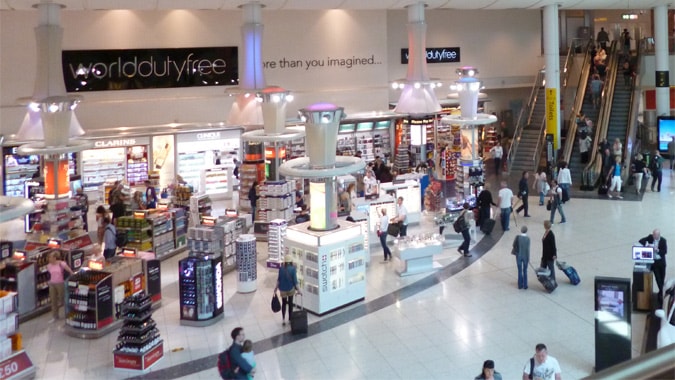
Shop Entrances
The entrance to a shop is without a doubt one of the most important considerations when evaluating how to guide shoppers compulsively go into that store.
Signifiers such as an awning can be a valuable way of clarifying in people’s minds subconsciously, where the entrance is.
Many stores such as WHSmiths, which you find in most airports, tend to have open access with the store completely open to access from any point (with shutters rather than windows when the store does need to be closed). In trying to guide people into your store, think about:
- Access points – can people easily walk into the store? is there for example only one entrance and is that entrance easily blocked or confusing to find i.e. do people stand in the doorway?
- Is the entrance (if one doorway) signified be it via an awning, distinctive color surrounding the doorway, or via signage? (Signage which itself does not create blockage).
- Lighting – is it clear that the store is open? Is the store well-lit and bright such that it invites you in?
- Does the window display correctly show the right range of products that can draw the right people in?
- Is it clear from the outside what you sell or what service you provide?
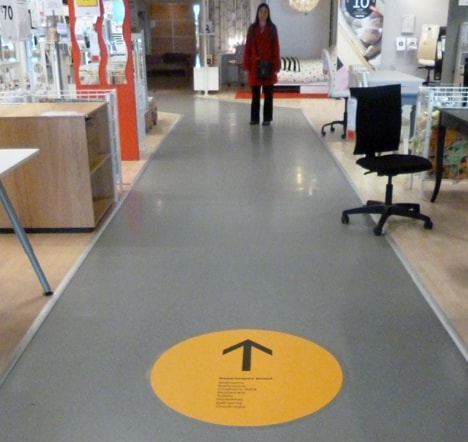
Steering Behavior to Improve Retail Sales Performance
In addition to using the storefront to get people to navigate from outside to the inside of your store, there are other wayfinding techniques that can be used for retail units in tourists location.
One such behavior, which I would like to talk about, is known as steering behavior.
A traveller walking through an airport may simply be leisurely following what is a relatively simple route, that route being from check-in, through security and directly to their boarding gate, in preparation for boarding their flight.
The question of their route in this instance is not in question but there is the opportunity for retail outlets to attempt to affect the traveller’s route by trying to steer that person to their store, whilst that person is en-route to their destination.
Creativity can often be the key and for certain types of store, targeting the natural senses such as by using olfactory measures to entice a traveller to your store is a classic and often very effective solution.
The store which also sells coffee might use the strong smell of coffee (including pumping the smell subtly into the air) and can find that this attracts a certain type of traveler.
Many stores use quite relaxing smells such as that of lemon and eucalyptus and pump these odors out through vents that can be detected by people both inside and outside the store, but the entrance to the store in question tends to be the key area for placement of olfactory vents.
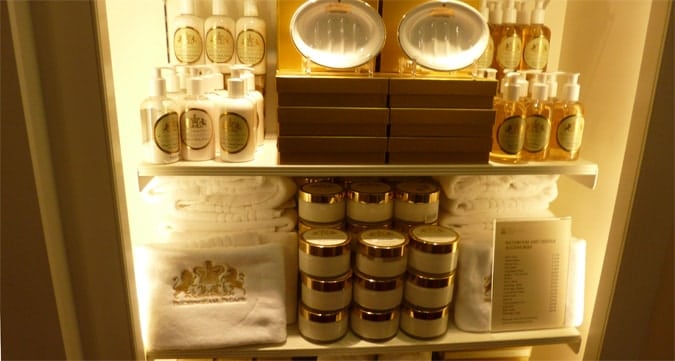
One of the simplest and yet most effective forms of steering behavior can be to have a couple of staff members handing out leaflets at a point such as before security clearance in an airport and with any offers on the literature.
You have already thus created awareness of the store and, if the offer you make in the literature is relevant to the interest of a traveler, you have immediately doubled the chance of capturing that person.
The key to steering behaviour is to be creative and innovative in pulling people into the store as they navigate the route they would be on anyway, or even draw them away from their route by making them want to do a detour.
This happened to my wife and I when we were in London recently. We were walking to go the theatre area to see if we could buy last-minute tickets, but the very overwhelming aroma of BBQ chicken drew us in and made us change our plans for the evening completely.
We ended up at an outdoor family-style restaurant, with very high-quality food and some good wine to go with it.
Steering behavior can have a powerful effect on wayfinding, in that it can cause routes to change. One might say that steering behavior is nothing more than creating a distraction and in this respect it is true. What I would say though, is that it is about creating a distraction for the traveler or navigator intentionally and with purpose.
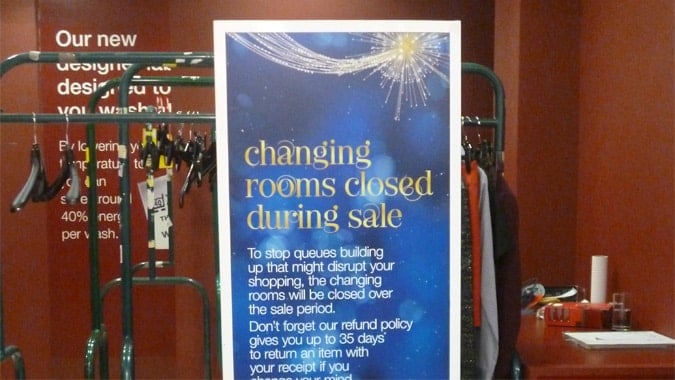
Conclusion
Wayfinding is a complex subject which pervades every situation in which we are mobile and in tourism situations, with the need for directions an omnipresent one. How do I get to the hotel?
How do I get to the departure gate and do it within 10 minutes before my flight closes?
When travelers do have enough time in these navigational situations though, there is an opportunity for travel service providers to try and steer and change the routes of the traveler to include the inside of retail and food outlets.
By following some basic rules such as by ensuring that entry into your unit is inviting and easy to find is certainly a good start.
Dr Paul Symonds has a PhD in Wayfinding from Cardiff Metropolitan University in the UK. Paul works with the signage industry, airports and other locations providing wayfinding audits, consultancy and training.

